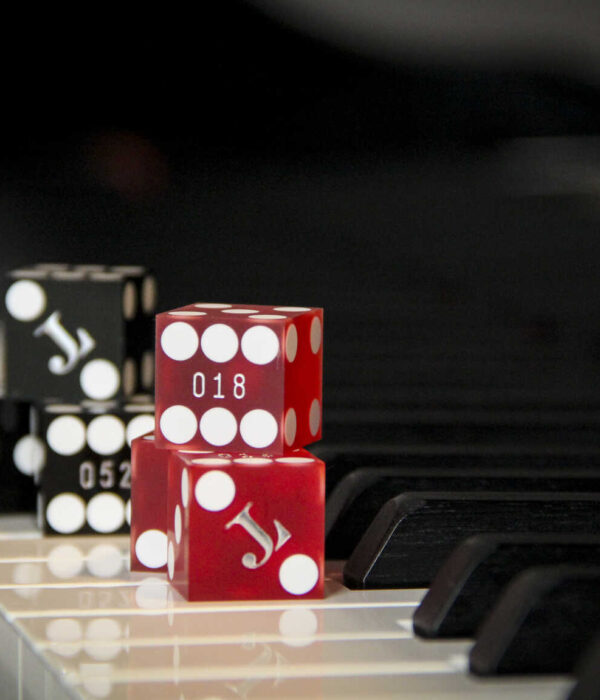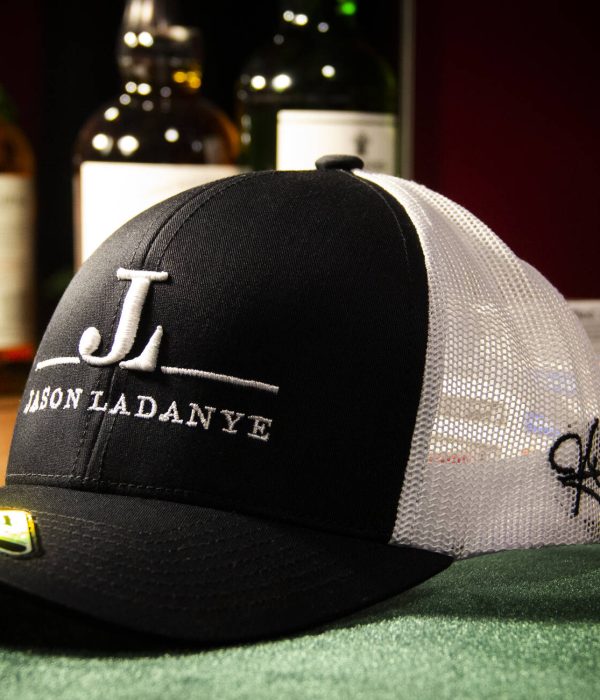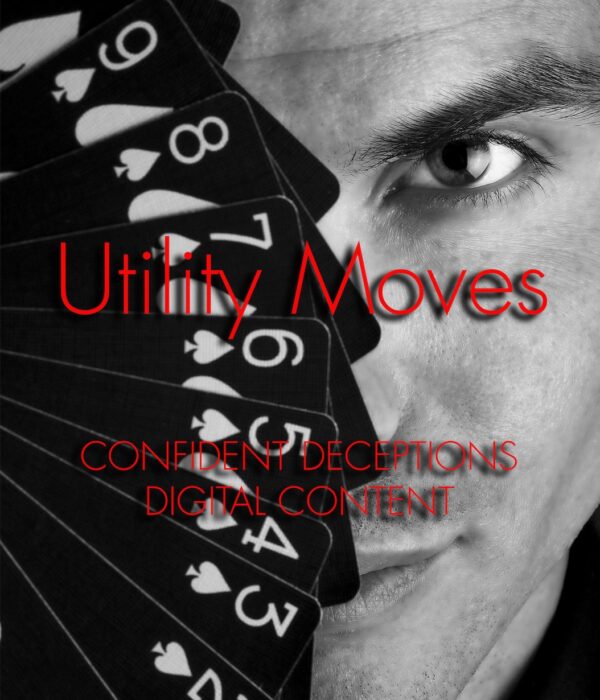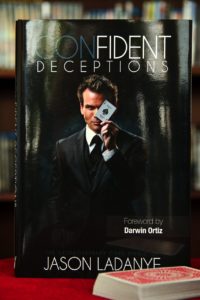For this blog, I’d like to share my thoughts on suspenseful effects. Suspense means that there’s a feeling of uncertainty and anticipation about what may happen next. Something of great value is at risk and we feel anxiety and tension as we wait for the outcome. The real masters of suspense know how to create it, and then prolong the moment. As Darwin Ortiz says, “Make them care, then make them wait.”
Here’s an example of suspense in a movie: An escaped convict is running from the police. The car he stole suddenly stalls. He’s on the side of the road trying to fix the car and in the distance we can see a police car approaching. The police car keeps getting closer and closer but the convict’s car won’t start. We begin to feel suspense. Next the convict begins toying with the engine but suddenly his sleeve gets caught. He’s trapped. We know that something will happen when the police and the convict meet, but we are stuck waiting for the car to approach.
Another classic example comes from the master of suspense himself, Alfred Hitchcock. Here’s his famous quote:
“Let’s suppose that there is a bomb underneath this table between us. Nothing happens, and then all of a sudden, “Boom!” There is an explosion. The public is surprised, but prior to this surprise, it has seen an absolutely ordinary scene, of no special consequence. Now, let us take a suspense situation. The bomb is underneath the table and the public knows it, probably because they have seen the anarchist place it there. The public is aware the bomb is going to explode at one o’clock and there is a clock in the decor. The public can see that it is a quarter to one. In these conditions, the same innocuous conversation becomes fascinating because the public is participating in the scene. The audience is longing to warn the characters on the screen: “You shouldn’t be talking about such trivial matters. There is a bomb beneath you and it is about to explode!”
When the audience knows the bomb is there, it creates a tremendous amount of suspense. Will everyone get out alive? How much time is left? How big will the blast be? We know it’s going to blow up, but we’re forced to wait for the clock to tick second by second.
In these two examples we are unsure about the outcome, but we know that it’s coming. We also know that there’s a lot at stake. Let’s look at this in the context of one of my card tricks. In my effect, “Nick of Time,” I offer to find eight cards in sixty seconds. I even bet the spectator $100 that I can do it. The fact that I can lose money (in addition to my pride) is the key to building even more suspense. The audience will feel great suspense once the clock starts. They know what I have to do, but as the clock is reaching one minute it becomes clear that I’m not going to make it. Will he find the cards? Will he back out on the bet? Is he going to fail in front of everyone? These questions will swirl in their minds but they’re forced to wait for the remaining time on the clock. If you’re wondering how the effect ends, I’ll keep you in suspense until the book comes out. (See what I did there?)
“Nick of Time” follows the suspense templates I described above. I’m risking a large sum of money and the audience is forced to wait. There are plenty of other effects in magic where you create suspense. Large stage illusions come to mind like cutting a woman in half and under water escapes. These magicians and escape artists are risking so much. The audience will feel a tremendous amount of tension.
Let’s look at a classic effect in card magic and see how the method and effect remain the same, but one presentation will be tremendously suspenseful, and another presentation will have zero suspense.
Let’s assume you’re doing card to wallet. If you say nothing during the effect, you can’t foreshadow that the card will appear elsewhere. You will not build any suspense. It’ll be a surprise when you remove the card from your wallet. They never saw it coming. Everything prior to the climax was a boring selection process.
Here’s the same effect, but let’s introduce an incredible amount of suspense. You claim that you can make their signed selection appear in your wallet under the closest scrutiny. You bet $10,000 dollars you can do it and at the last second you claim to be able to accomplish this only using your right hand. To add more suspense you offer to make good on your claim in 30 seconds or less. And why not make the ultimate sacrifice? Your left pinky is put into a cigar cutter. If you fail, you lose a finger. The effect hasn’t started yet and you could easily hold the attention of a stadium full of people at this point. One can only imagine what an audience would feel once that clock starts ticking.
Assuming you had the ability to do either version, which version do you think would play better? Which would be more impactful? Which version makes it clear you have the utmost confidence in your sleight of hand? And remember, in both versions you simply made a card appear in your wallet.








